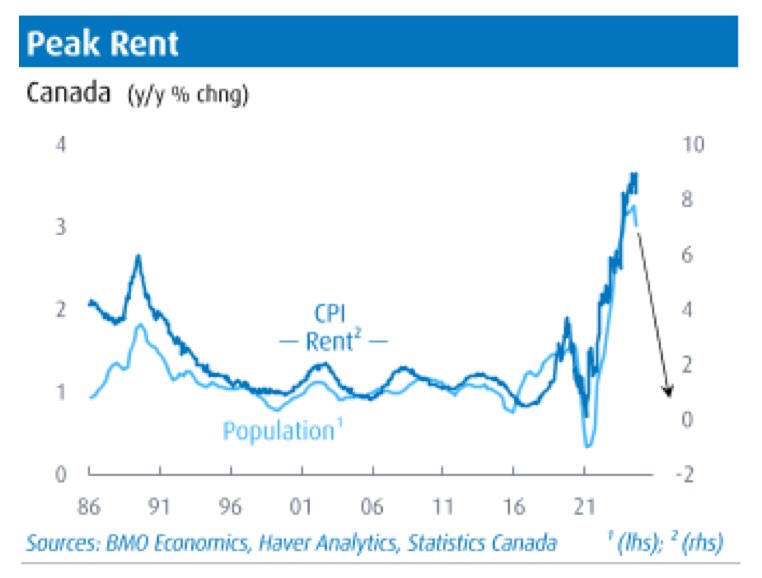For years, Canadian real estate has been on a relentless rise, fueling debates, dreams, and struggles around affordability. This week, BMO Capital Markets shed new light on what might be one of the country’s biggest affordability measures in recent history—a decrease in the rate of population growth. The bank’s latest report points to a pivot in immigration policy as a key to correcting the overheated real estate market and bringing relief to potential homebuyers across the country.
Canada’s Shift on Immigration to Stabilize Housing
Canada’s latest immigration changes mark a significant shift in strategy. Policymakers had previously leaned heavily on immigration to stimulate economic growth, adding temporary residents like foreign students to boost demand. However, this approach contributed to a fierce housing market that outpaced most Canadians’ budgets. In an unexpected turn, immigration will be cut back for the next two years, a move BMO’s senior economist Robert Kavcic suggests is critical to stabilizing housing.
"You’ve heard us for years pushing back against the narrative that Canada needs to triple the rate of housing construction,” Kavcic states. The demand side of the equation has been the real driver of price increases, not the lack of supply. The illusion of needing significantly more housing was partly created to support rising property values. With demand finally set to level off, we’re likely to see a much-needed reprieve.
*Source BMO
Demand, Not Supply, Was Always the Issue
For years, policymakers framed Canada’s real estate problem as one of limited supply, fueling calls to speed up construction by cutting regulatory hurdles. Yet, as BMO outlines, this strategy backfired, pushing land values higher and deterring new developments. In attempts to spark construction, governments poured billions into stimulus programs and loans, which ultimately had little effect on the core issue: an artificially high demand curve.
BMO argues that efforts like allowing multiplexes in detached neighbourhoods pale compared to the impact of reduced demand. With BoC rate hikes already cooling speculative buying, immigration adjustments now bring another powerful influence on the market.
Real Affordability May Be on the Way
For prospective buyers, the coming years might be their best chance at homeownership in a decade. As Canada steps back from population growth as a stimulus tool, home prices and rents are expected to settle, finally bringing the housing market within reach of average Canadians.
For those keeping a close eye on the market, this shift is more than a policy change—it’s a light at the end of a long tunnel.
Conclusion
Canada’s shift in immigration policy marks a pivotal moment for the real estate market. By prioritizing demand correction over aggressive supply expansion, the country is taking a pragmatic approach to an issue that has long eluded policymakers. For the first time in years, the housing market is poised to become more accessible, potentially opening doors for many Canadians who felt priced out. If these policies take hold, we may finally see a sustainable balance between home prices and affordability—a change that could reshape Canada’s housing landscape for years to come.
This evolving landscape will be critical to watch, as it could signal a transformative era in Canadian real estate.

